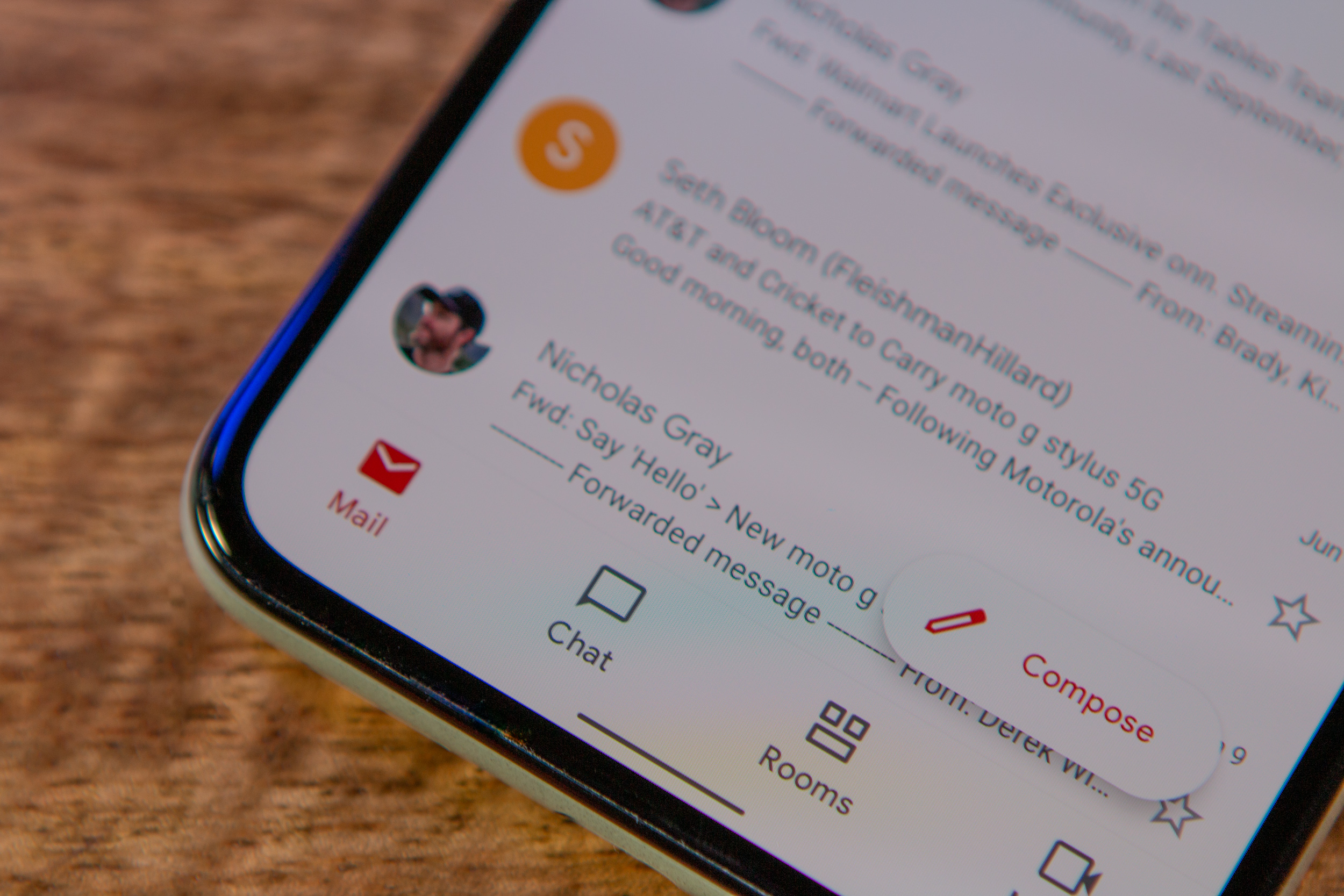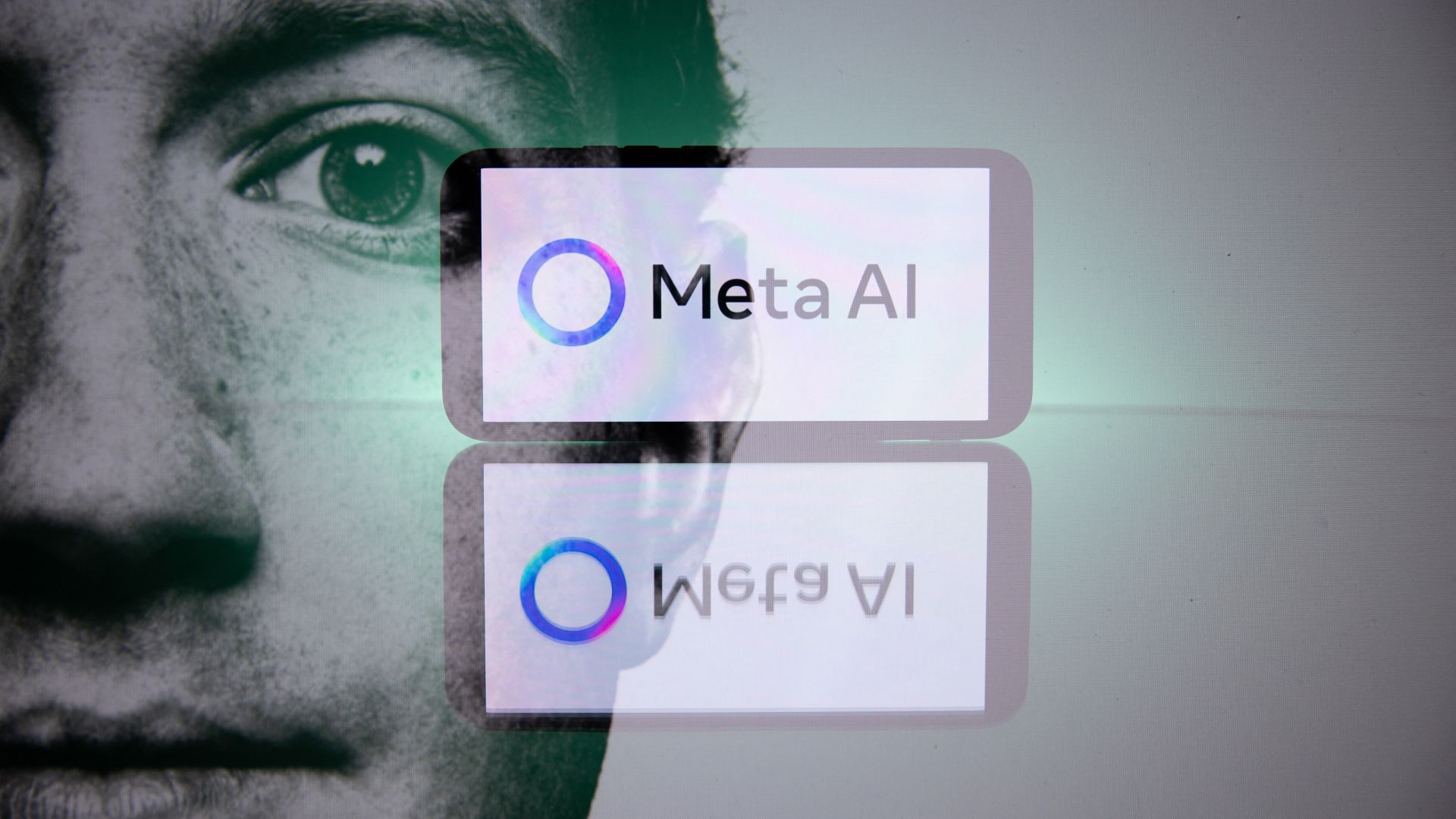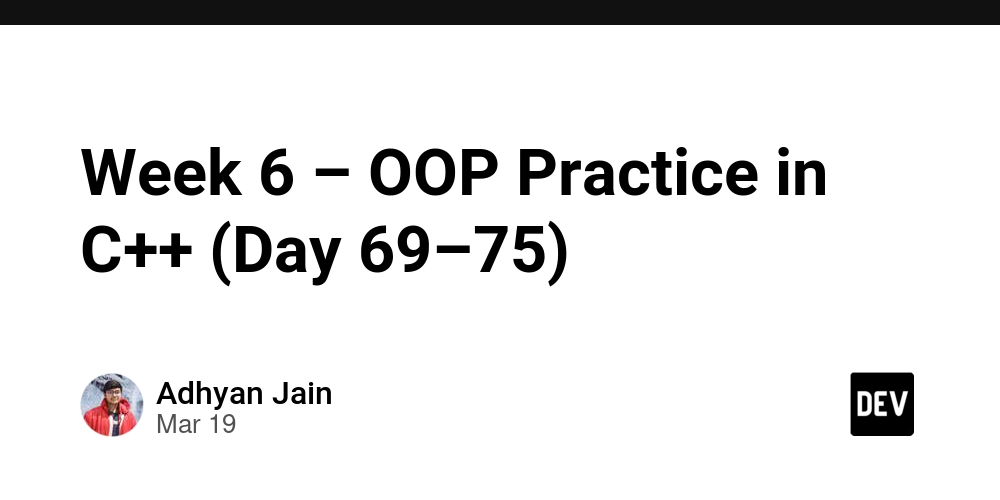.NET, Polly and 5 other microservices have liked this post
I remember the first time I deployed a suite of microservices into production (for a cashback company). Everything seemed to run smoothly until services started talking to each other in ways I never fully anticipated. One microservice would fail, causing a ripple effect of timeouts and errors across the entire system. The lesson? In a distributed world, every service is only as strong as its resilience strategy. Enter Polly. Polly is the go-to .NET library for dealing with transient faults and unpredictable network issues challenges that are magnified in microservice architectures. Whether you’re calling a payment microservice, retrieving weather data for shipping cost estimates, or connecting to any external API, Polly ensures your calls can handle real-world chaos. Visual Overview Below is a simple conceptual diagram of how multiple microservices might interact with each other or external APIs, all protected by Polly’s resilience policies. ┌────────────────────┐ ┌───────────────────────┐ │ .NET Microservice │ │ External REST Service │ │ (e.g., Service A) │ ---> │ (e.g., Weather API) │ │ │ │ │ │ Polly Policies │ │ Potential Failures │ └────────────────────┘ └───────────────────────┘ │ │ ┌────────────────────┐ │ │ .NET Microservice │ └──────> │ (e.g., Service B) │ │ │ │ Polly Policies │ └────────────────────┘ Each microservice can independently configure Polly to handle retries, timeouts, circuit breakers, and more. That way, a failure in one service or an external API doesn’t bring down your entire ecosystem. 1. Start with the Right Building Blocks Polly has evolved significantly and now comes in a modular v8+ form that integrates seamlessly with .NET 9 and beyond perfect for microservices, where you often need flexibility in how you plug into different services.

I remember the first time I deployed a suite of microservices into production (for a cashback company). Everything seemed to run smoothly until services started talking to each other in ways I never fully anticipated. One microservice would fail, causing a ripple effect of timeouts and errors across the entire system. The lesson? In a distributed world, every service is only as strong as its resilience strategy.
Enter Polly. Polly is the go-to .NET library for dealing with transient faults and unpredictable network issues challenges that are magnified in microservice architectures. Whether you’re calling a payment microservice, retrieving weather data for shipping cost estimates, or connecting to any external API, Polly ensures your calls can handle real-world chaos.
Visual Overview
Below is a simple conceptual diagram of how multiple microservices might interact with each other or external APIs, all protected by Polly’s resilience policies.
┌────────────────────┐ ┌───────────────────────┐
│ .NET Microservice │ │ External REST Service │
│ (e.g., Service A) │ ---> │ (e.g., Weather API) │
│ │ │ │
│ Polly Policies │ │ Potential Failures │
└────────────────────┘ └───────────────────────┘
│
│ ┌────────────────────┐
│ │ .NET Microservice │
└──────> │ (e.g., Service B) │
│ │
│ Polly Policies │
└────────────────────┘
Each microservice can independently configure Polly to handle retries, timeouts, circuit breakers, and more. That way, a failure in one service or an external API doesn’t bring down your entire ecosystem.
1. Start with the Right Building Blocks
Polly has evolved significantly and now comes in a modular v8+ form that integrates seamlessly with .NET 9 and beyond perfect for microservices, where you often need flexibility in how you plug into different services.













































































































































































![[The AI Show Episode 144]: ChatGPT’s New Memory, Shopify CEO’s Leaked “AI First” Memo, Google Cloud Next Releases, o3 and o4-mini Coming Soon & Llama 4’s Rocky Launch](https://www.marketingaiinstitute.com/hubfs/ep%20144%20cover.png)


















































































































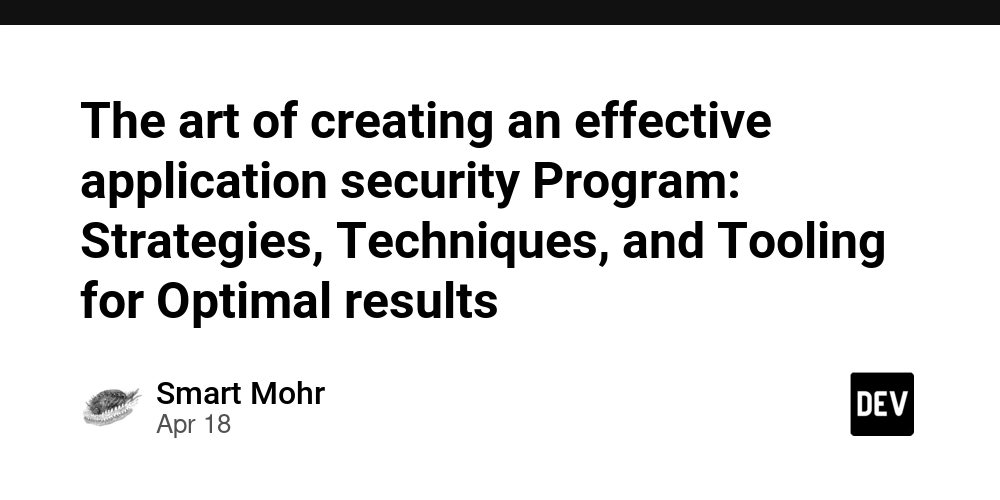
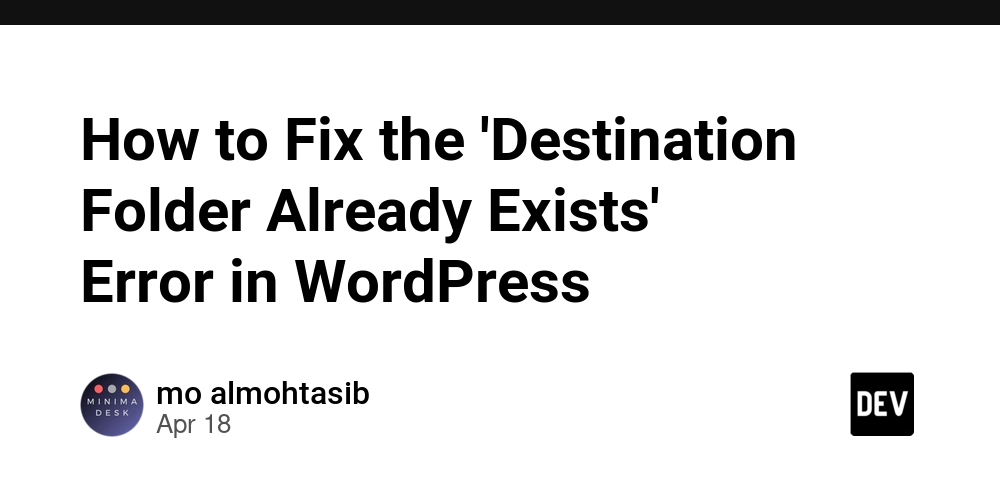































































![Rogue Company Elite tier list of best characters [April 2025]](https://media.pocketgamer.com/artwork/na-33136-1657102075/rogue-company-ios-android-tier-cover.jpg?#)





























































































.webp?#)































































































![Here’s the first live demo of Android XR on Google’s prototype smart glasses [Video]](https://i0.wp.com/9to5google.com/wp-content/uploads/sites/4/2025/04/google-android-xr-ted-glasses-demo-3.png?resize=1200%2C628&quality=82&strip=all&ssl=1)













![New Beats USB-C Charging Cables Now Available on Amazon [Video]](https://www.iclarified.com/images/news/97060/97060/97060-640.jpg)

![Apple M4 13-inch iPad Pro On Sale for $200 Off [Deal]](https://www.iclarified.com/images/news/97056/97056/97056-640.jpg)














